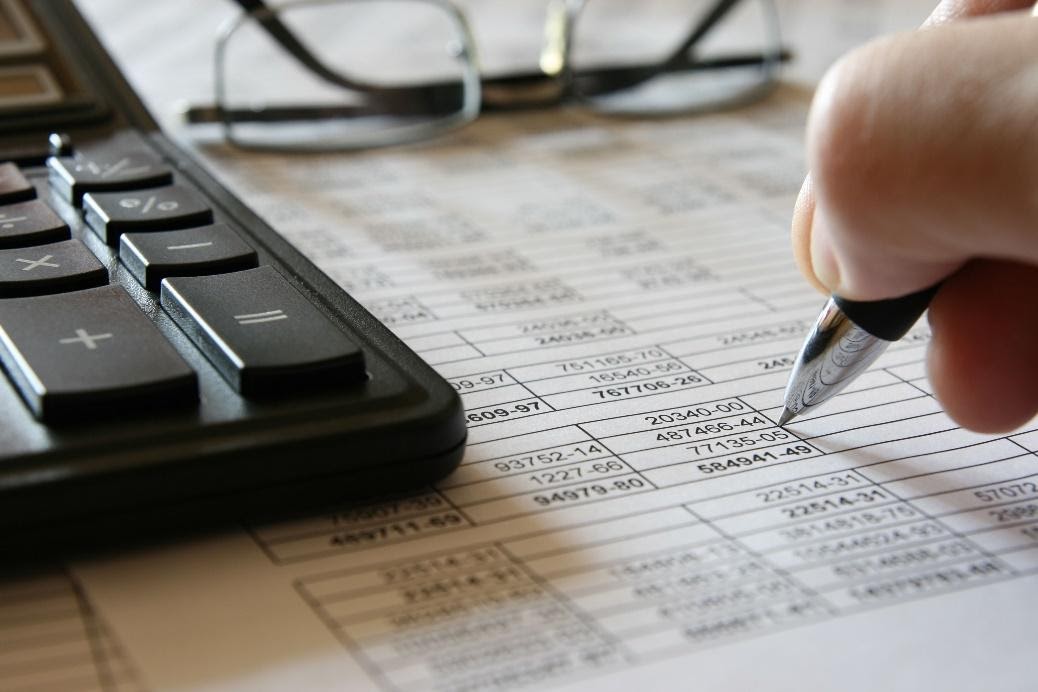
You can tell this because the company has more debts than equity in its assets (more than 0.5 of debt to asset ratio). The company may survive a couple of years, but they could be in danger of failing by then. As you can see, the debt to asset ratio is an important financial tool for analysts, creditors, and investors for the reasons presented in this article. The business owner or financial manager has to make sure that they are comparing apples to apples. In other words, if they are doing industry averages, they have to be sure that the other firm’s in the industry to which they are comparing their debt-to-asset ratios are using the same terms in the numerator and denominator of the equation. See a summary of the balance sheet in the table U.S. farm sector financial indicators, 2016–2023F, or get the full balance sheet details, including the current/noncurrent balance sheet and selected financial ratios.
- The impasse has caused debtor countries difficulties in accessing international capital markets and maintaining economic growth.
- Many analysts look at this formula when making business loan or investment decisions because it reflects the stability and solvency of the company.
- The ratio is used to measure how leveraged the company is, as higher ratios indicate more debt is used as opposed to equity capital.
- At the same time, leverage is an important tool that companies use to grow, and many businesses find sustainable uses for debt.
- An increasing trend indicates that a business is unwilling or unable to pay down its debt, which could indicate a default at some point in the future and possible bankruptcy.
- Similarly, a decrease in total liabilities leads to a lower debt-to-total asset ratio.
A ratio of 0.35 means that Company ABC’s debt funds 35% of the company’s assets. Sometimes this ratio is referred to as 35% instead of 0.35 but it means the same thing. There is no definitive answer to this question as the ideal debt to asset ratio varies depending on the industry a company is in. In this case, the company is not as financially stable and will have difficulty repaying creditors if it cannot generate enough income from its assets. We offer a variety of investment strategies providing exposure to the global leveraged finance markets. Knowing your debt-to-asset ratio can be particularly helpful when preparing financial projections, regardless of the type of accounting your business currently uses.
Treasury International Capital (TIC) System
The debt-to-asset ratio is forecast to increase from 13.09 percent in 2022 to 13.22 percent in 2023 while the debt-to-equity ratio is expected to increase from 15.07 percent to 15.24 percent. The total funded debt — both current and long term portions — are divided by the company’s total assets in order to arrive at the ratio. This ratio is sometimes expressed as a percentage (so multiplied by 100).
Some observers have suggested that the United States could sell some of its assets – such as its gold reserves – as a way of postponing the need to increase the statutory debt limit. In fact, it has been rejected by Treasury Secretaries – and Presidents – of both parties over a period of many years. This just means that separate property and community property got mixed together. You have the right to part of the money in that plan if any of it was earned during your marriage. Part of your divorce involves dividing your property and debts and getting a formal order from the court about these issues. On the opposite end, Company C seems to be the riskiest, as the carrying value of its debt is double the value of its assets.
Sharpe Ratio
The correlation between returns on domestic equities and foreign currency bonds tends to be lowest during periods of equity market distress (due to the flight to quality phenomenon). This is exactly the opposite of what happens to the correlation between domestic and foreign equities during periods of distress. In other words, foreign currency bonds tend to provide diversification benefits when they are most needed, while foreign equities tend to do the opposite. To cite a simple example, cap weighting would give the greatest weight to the issuer that has issued the most debt — even if doing so put that issuer at the greatest risk of default. Over time, different products have been introduced to address this problem, which is one that index investors must always keep in mind.Another point to keep in mind is the introduction of index products based on senior bank loans.
How do you calculate debt assets?
- Total liabilities ÷ Total assets.
- Pro Tip: Your balance sheet will provide you with the totals you need in order to calculate your debt-to-asset ratio.
- $75,000 (liabilities) ÷ $68,000 (assets) = 1.1 debt-to-asset ratio.
As is often the case, comparisons of the debt ratio among different companies are meaningful only if the companies are similar, e.g. of the same industry, with a similar revenue model, etc. If hypothetically liquidated, a company with more assets than debt could still pay off its financial obligations using the proceeds from the sale. Business managers and financial managers have to use good judgment and look beyond the numbers in order to get an accurate debt-to-asset bizfilings share amendment filing service ratio analysis. An increasing trend indicates that a business is unwilling or unable to pay down its debt, which could indicate a default at some point in the future and possible bankruptcy. This may be advantageous for creditors because they are likely to get their money back if the company defaults on loans. The company in this situation is highly leveraged which means that it is more susceptible to bankruptcy if it cannot repay its lenders.
Why Is Debt-To-Total-Assets Ratio Important?
This approach works well when a business has engaged in a large number of acquisitions, and so has a substantial amount of goodwill on its balance sheet. A ratio that is greater than 1 or a debt-to-total-assets ratio of more than 100% means that the company’s liabilities are greater than its assets. A ratio that is less than 1 or a debt-to-total-assets ratio of less than 100% means that the company has greater assets than liabilities.
Because of this, it’s a good idea to only compare companies within the same industry. The results of the ratio directly correlate with the degree of risk the company is taking on. Among the company’s assets, if most of them are in the form of debts, it means that the company will most likely struggle to pay its debt off in time. This results from higher debts rather than equity, which is assets that a company truly owns. The debt ratio, also known as the “debt to asset ratio”, compares a company’s total financial obligations to its total assets in an effort to gauge the company’s chance of defaulting and becoming insolvent. Companies with high debt-to-asset ratios may be at risk, especially if interest rates are increasing.
How to Calculate Debt to Asset Ratio
Calculating your business’s debt-to-asset ratio can provide interested parties with the numbers they need to make a decision on investing in or loaning funds to your company. One drawback with the use of debt ratio is that it bundles all the different types of assets into one basket. There is no mechanism to distinguish the quality of the assets acquired by leverage.
Best Portfolio Management Software Tools 2023 – Investopedia
Best Portfolio Management Software Tools 2023.
Posted: Tue, 27 Jun 2023 18:48:46 GMT [source]
Even if you divided everything informally when you separated, a judge still needs to make a formal order about these issues. A judge could formally approve an agreement you and your spouse write up. Therefore, it is ultimately recommended to consult a financial professional for investing for these reasons or at least consider diversified mutual funds over single stock picks. We strive to empower readers with the most factual and reliable climate finance information possible to help them make informed decisions.
What is a Good Debt to Asset Ratio?
We believe that sustainable investing is not just an important climate solution, but a smart way to invest. Go a level deeper with us and investigate the potential impacts of climate change on investments like your retirement account. Nevertheless, this particular financial comparison represents a global measurement that aims to assess a company as a whole.

On the other hand, a change in total assets will lead to a change in the debt-to-total asset ratio in the opposite direction, either positive or negative. Other common financial stability ratios include times interest earned, days sales outstanding, inventory turnover, etc. These measures take into account different figures from the balance sheet other than just total assets and liabilities. The debt-to-total-assets ratio is calculated by dividing total liabilities by total assets. It represents the proportion (or the percentage of) assets that are financed by interest bearing liabilities, as opposed to being funded by suppliers or shareholders.
What are examples of debt assets?
Debt Assets means the following asset classes: (A) first mortgage loans, (B) subordinate mortgage interests, (C) mezzanine loans and (D) preferred equity investments, in each case relating to commercial real estate.

